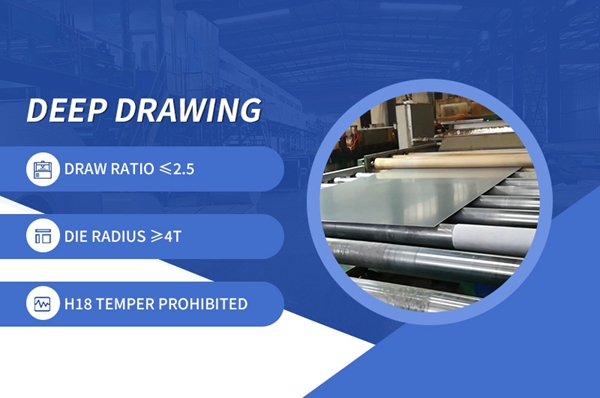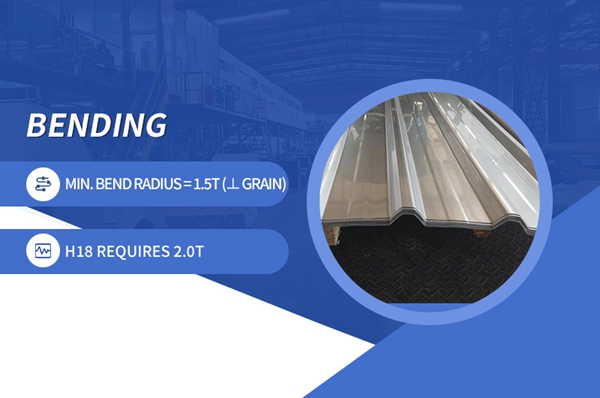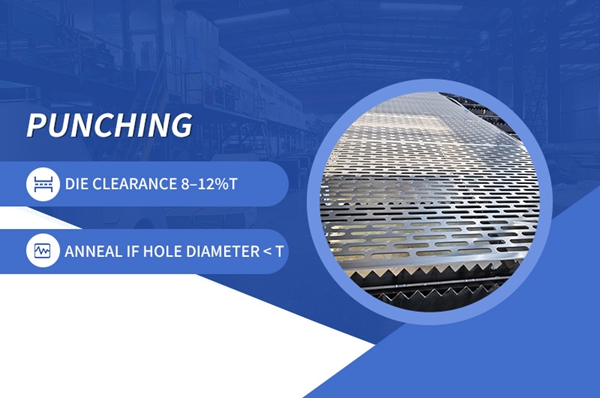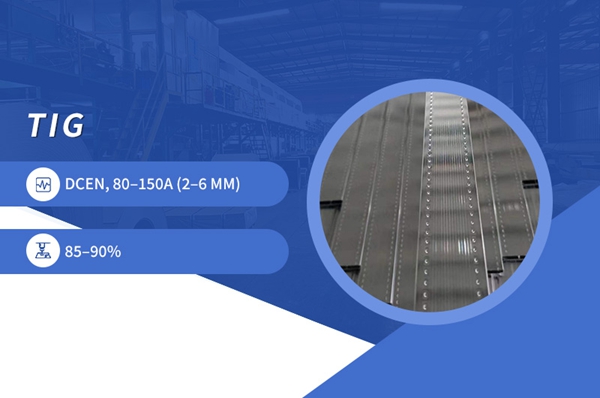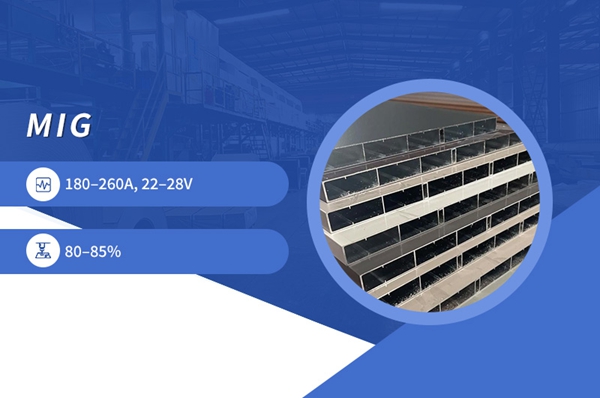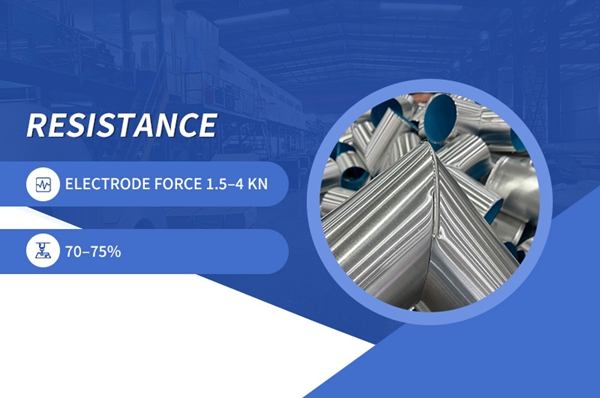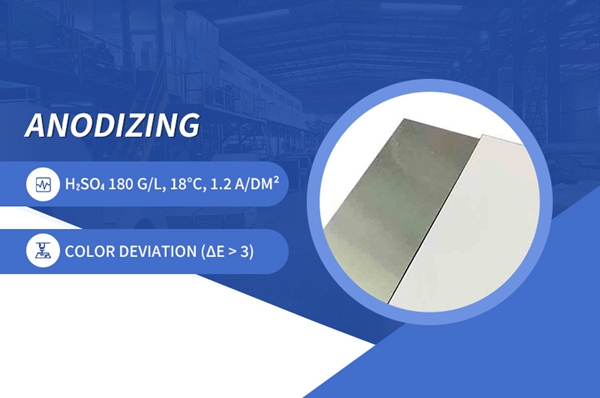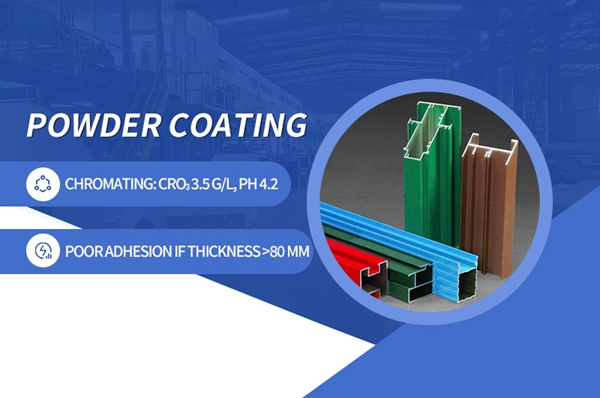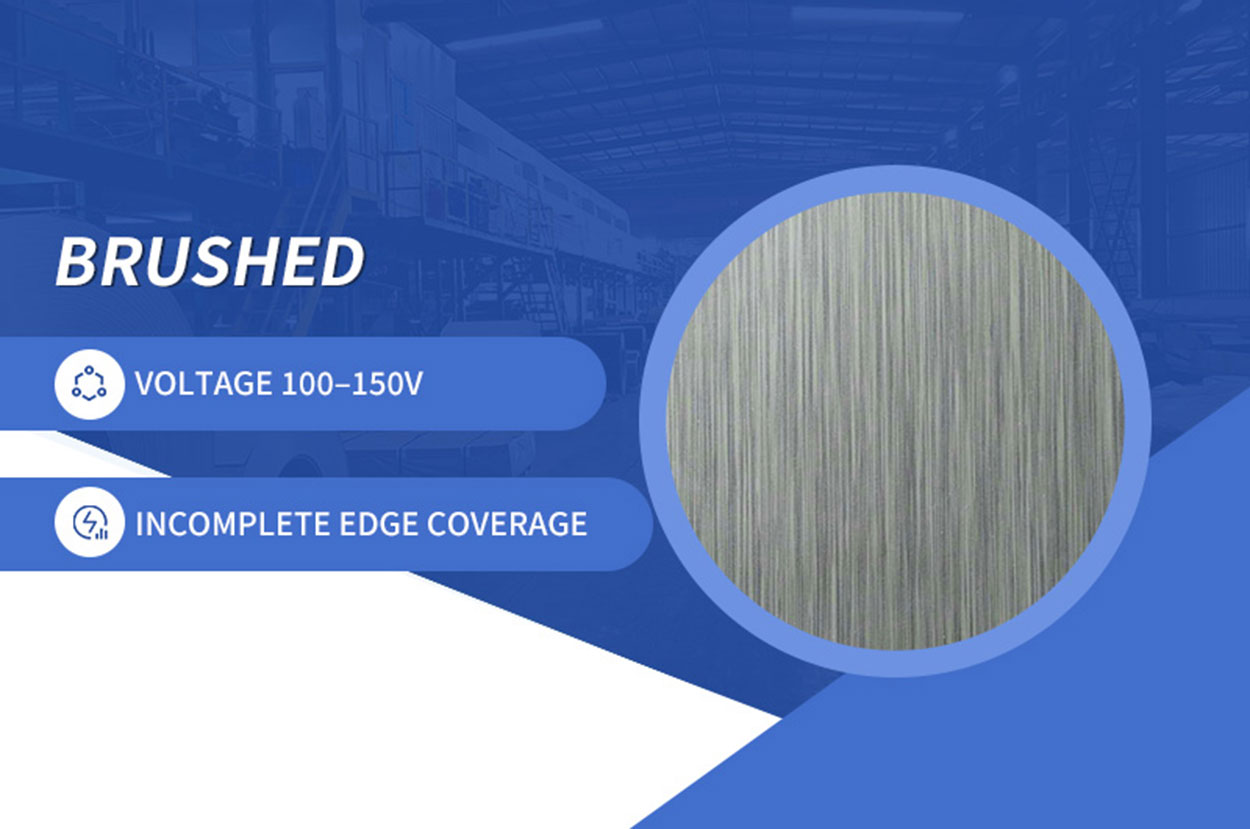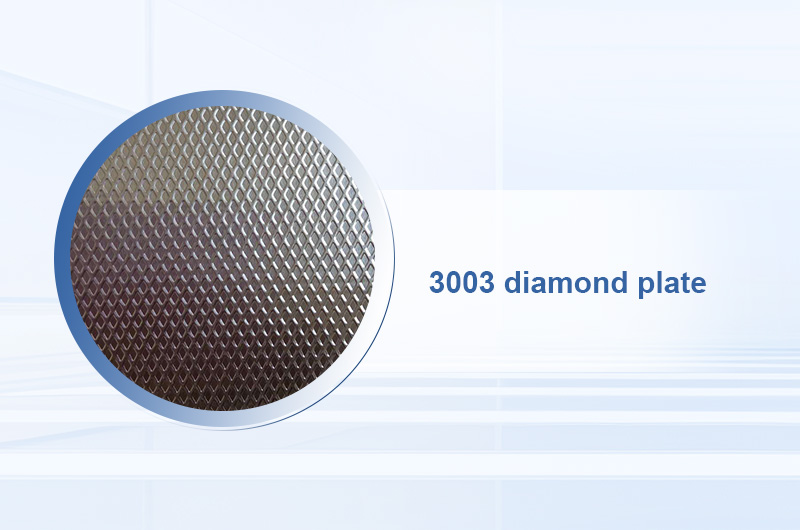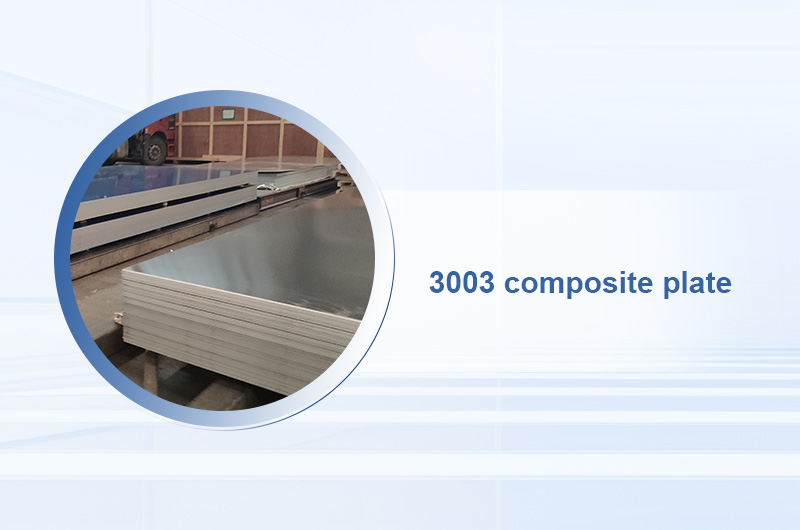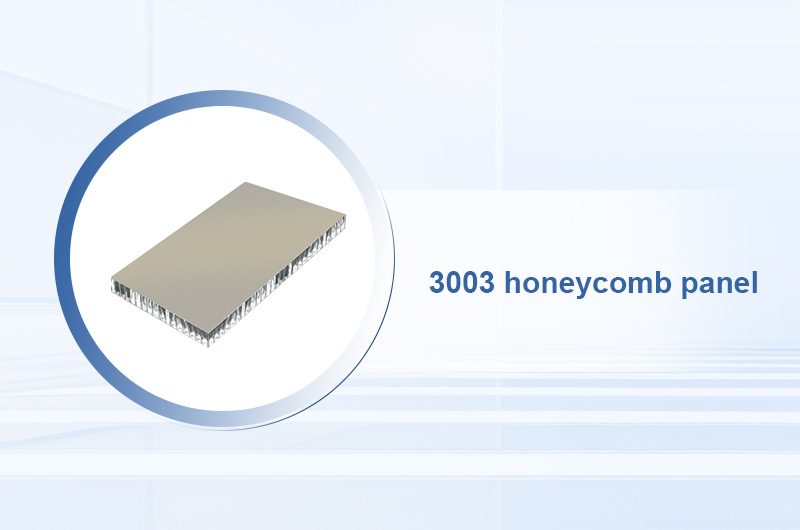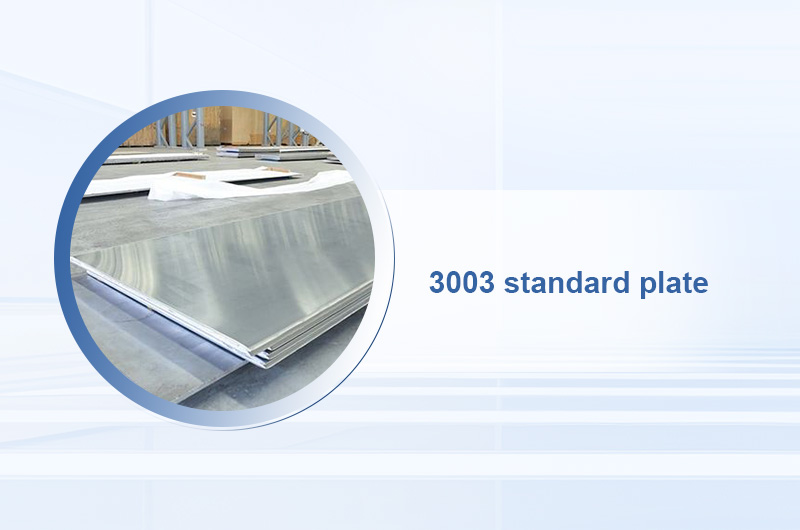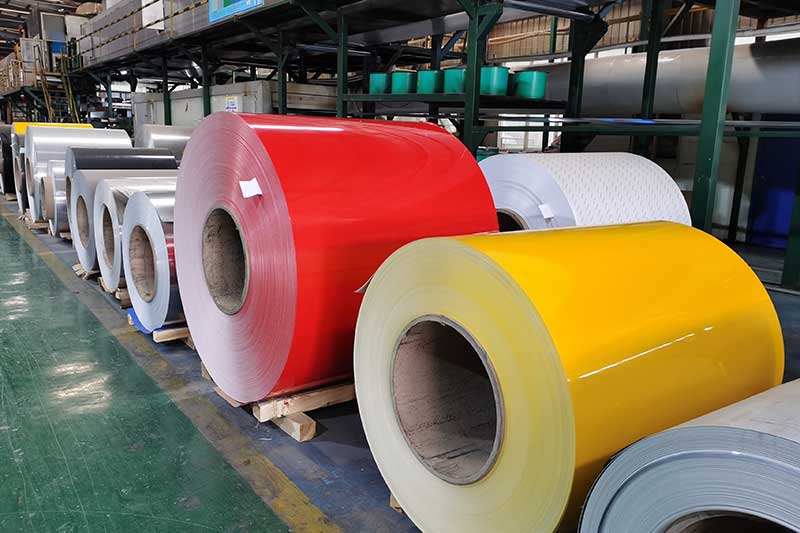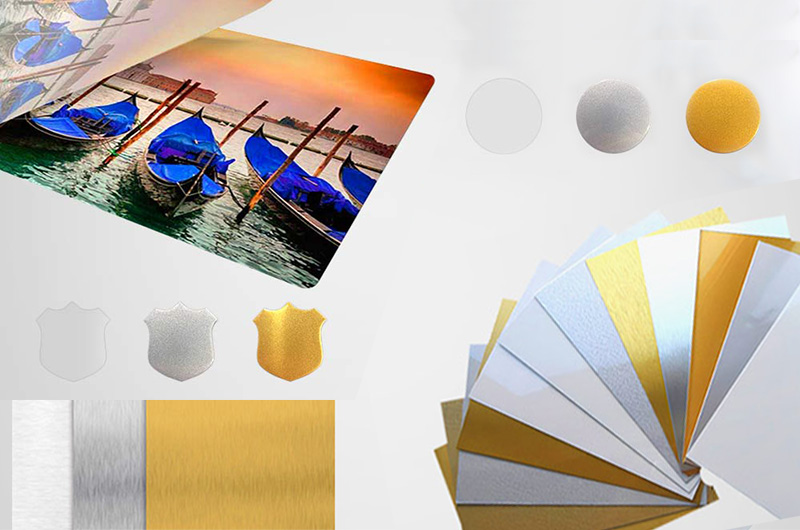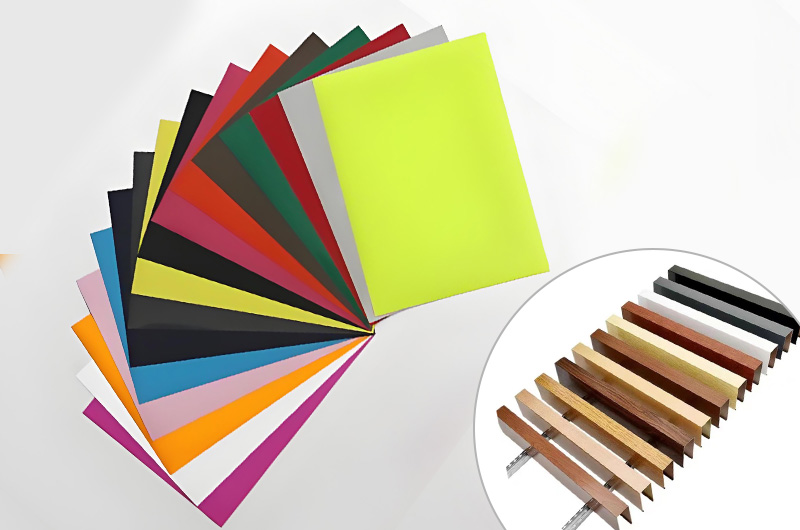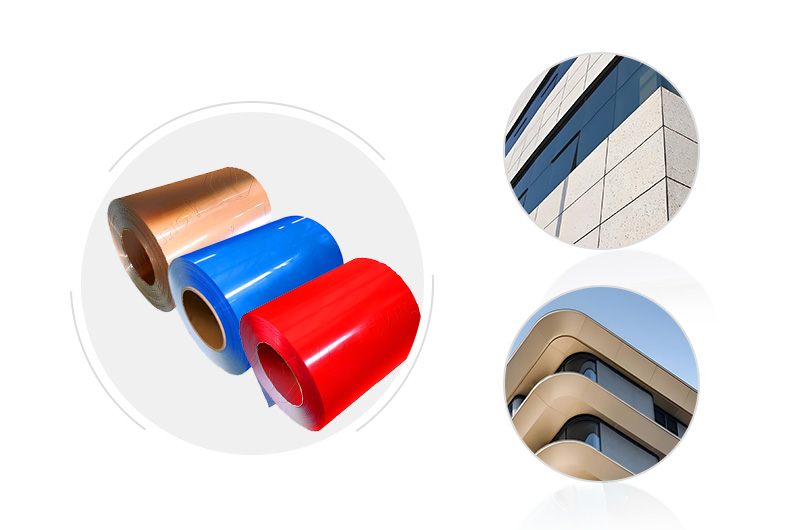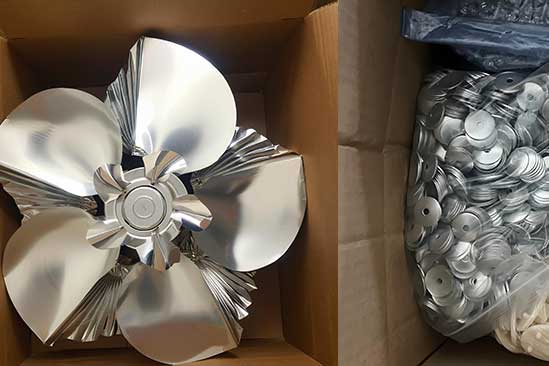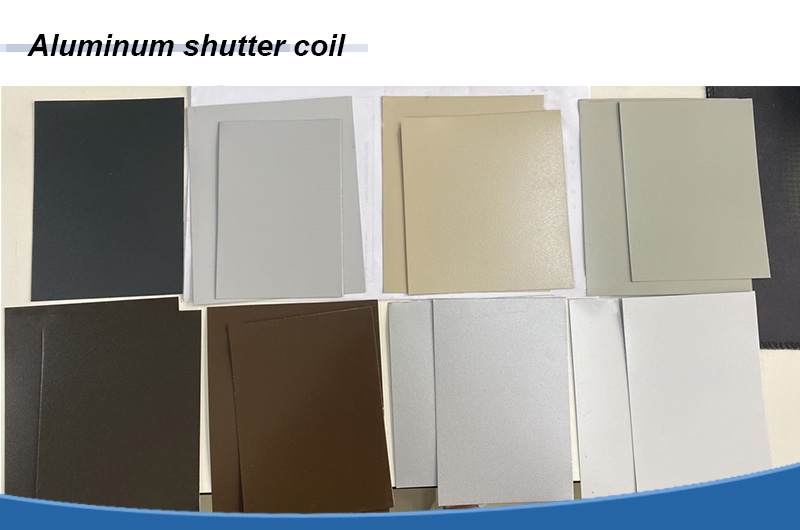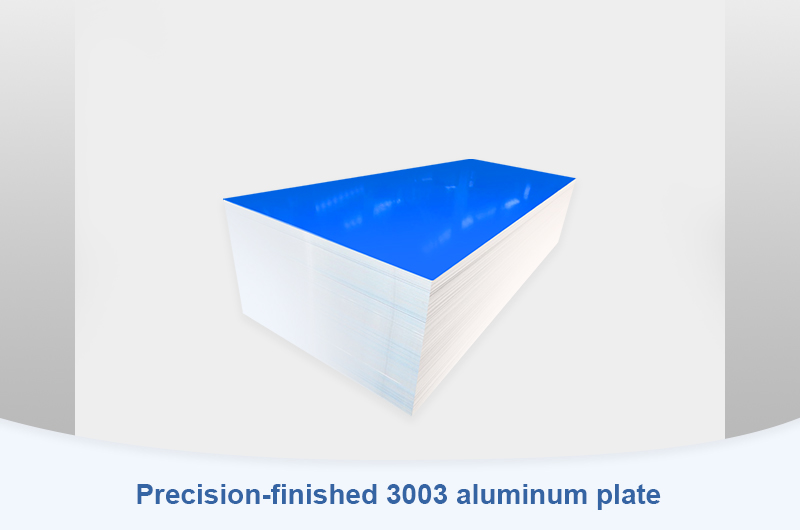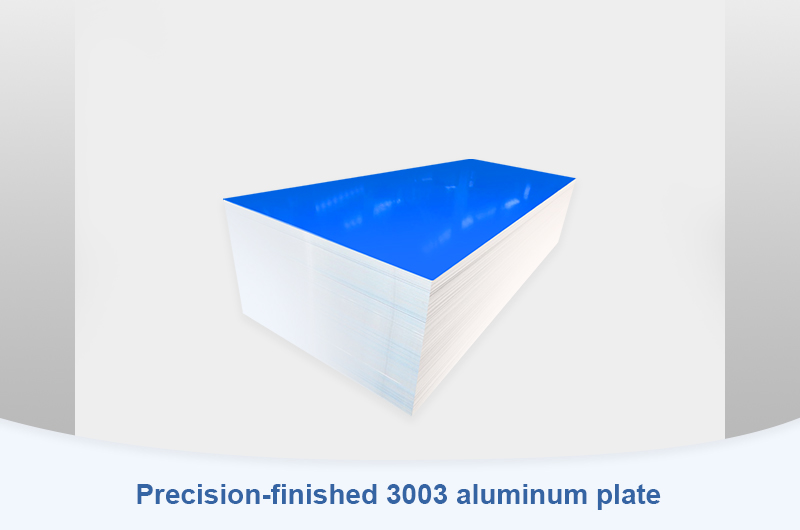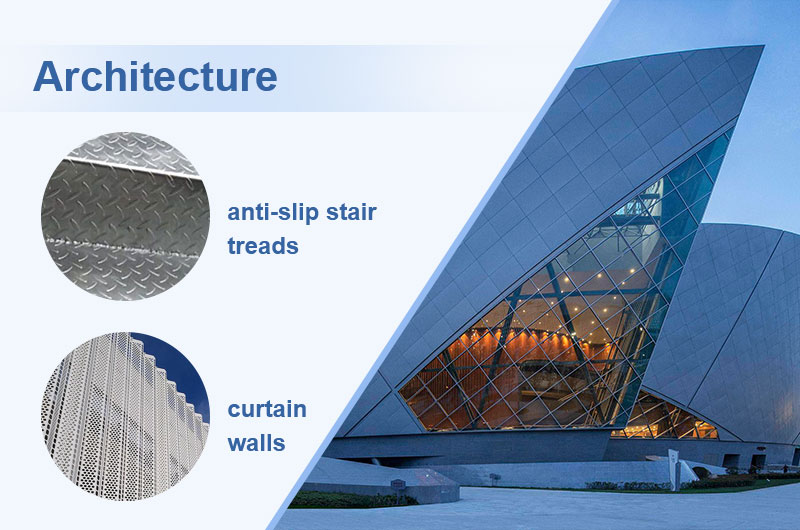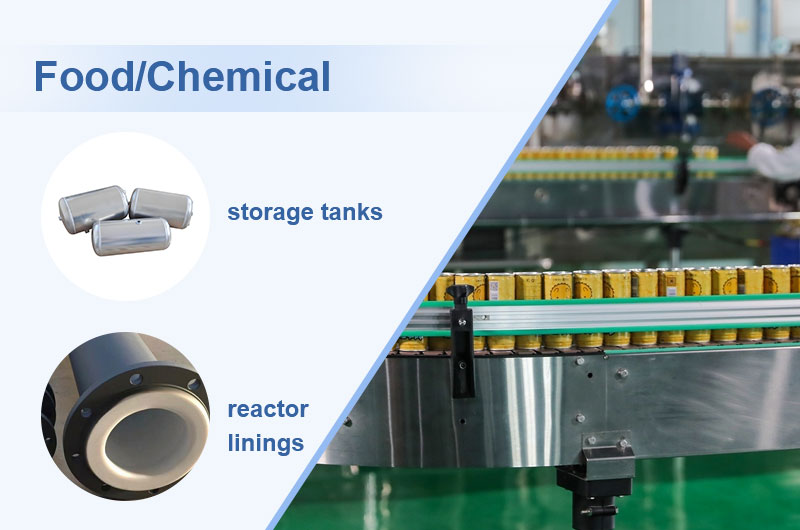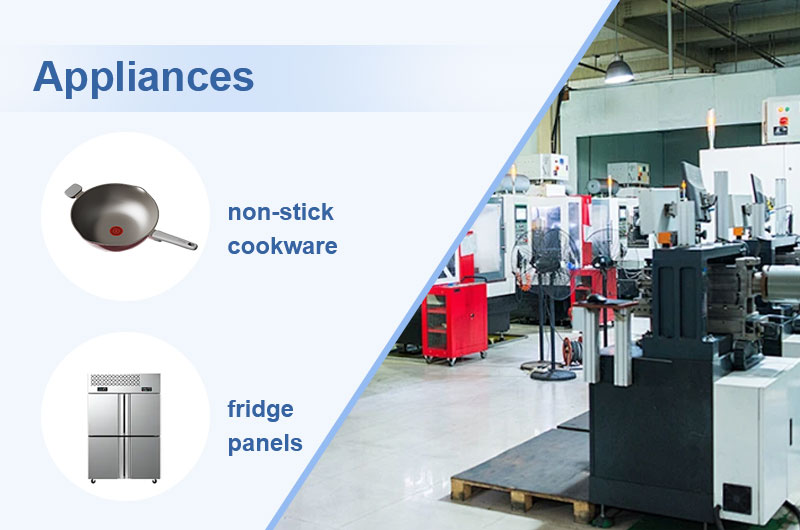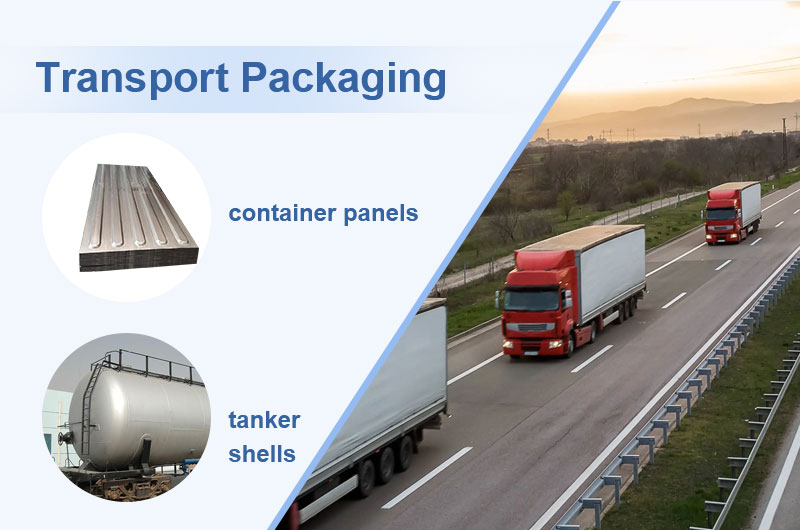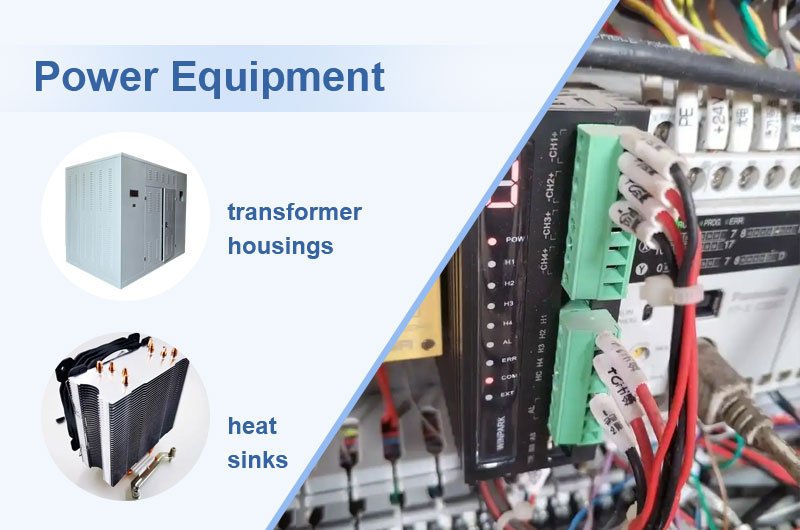Basic Characteristics of 3003 Aluminum Alloy
Material Classification
Series: Aluminum-manganese alloy(3000 series)
Heat Treatability: Non-heat-treatable; strengthened via cold working (e.g., rolling, stretching)
Alias: Rust-proof aluminum sheet and plate (due to excellent corrosion resistance)
Core Advantages
Strength: ~20% higher than pure
aluminum 1100 series (Tensile strength: 110–150 MPa)
Corrosion Resistance: Excellent
atmospheric/marine corrosion resistance; suitable for humid/chemical
environments.
Workability:
Superior formability (deep drawing, spinning, bending).
Good weldability (TIG, resistance welding, brazing).
Compatible with anodizing, spraying, and other surface treatments.
Lightweight: Density: 2.73 g/cm³
(~1/3 of steel).
Equivalent Designations for 3003 Aluminum
Standard System
Equivalent Grade
Temper
Certification Scope
International
UNS
A93003
H14/O/H22
ISO
209, ISO 6361
USA
ASTM
B209 (AA3003)
H14/O/H18
AMS
4006/4008 (Aerospace)
Europe
EN
AW-3003
EN
515: H24/H14
EN
573-3 (Composition), EN 485-2 (Properties)
Germany
DIN
3.0517
DIN
EN 515: F25
DIN
1725-1 (Processing)
Japan
JIS
A3003
JIS
H4000: H24
JIS
H 4100 (Rolled Products)
China
GB/T
3190 3003
GB/T
16475: H14
GB/T
3880 (Sheet/Plate)
France
NF
A-U3003
NF
A50-651: H14
NF
EN 573-3
UK
BS
1470 3003
BS
EN 515: H14
BS
EN 573
Russia
GOST
АМц
ГОСТ
21631: М
ГОСТ
4784 (Aerospace)
Chemical Composition of 3003
Element
Al
Mn
Cu
Si
Fe
Zn
Others
Content
Bal.
1.0–1.5
0.05–0.20
≤0.60
≤0.70
≤0.10
≤0.05
Physical Properties of 3003
Property
Value
Unit
Test Standard
Note
Density
0.098
lb/in³
ASTM
B311
Corrected
from original 0.1
2.73
g/cm³
Melting Point
1,190–1,210
°F
ASTM
E794
Equivalent
to 643–654°C
Elastic Modulus
10,000
ksi
ASTM
E111
Equivalent
to 69 GPa
Shear Modulus
3,630
ksi
ASTM
E143
Equivalent
to 25 GPa
Poisson's Ratio
0.33
–
ASTM
E132
Typical
for metals
Brinell Hardness
40
HB
ASTM
E10
500
kgf load, 10 mm ball
Ultimate Tensile Strength
22,000
psi
ASTM
E8
*H14 temper(Equivalent to 152 MPa)*
Yield Strength
21,000
psi
ASTM
E8
*H14 temper(Equivalent to 145 MPa)*
Fatigue Strength
9,000
psi
ASTM
E466
10⁷ cycles (62 MPa)
Shear Strength
14,000
psi
ASTM
B831
Equivalent
to 96 MPa
Thermal Conductivity
180
W/(m·K)
ASTM
E1461
Measured
at 25°C
CTE
23.2
× 10⁻⁶
/°C
ASTM
E228
20–100°C
range
Specific Heat
900
J/(kg·K)
ASTM
E1269
Measured
at 25°C
Electrical Conductivity
44
%
IACS
ASTM
B193
International
Annealed Copper Standard
Aluminum Temper Characteristics Comparison
Temper
Process Characteristics
Application Scenarios
Key Advantages
O (Annealed)
Fully
softened, no cold working
Deep
drawing parts, food containers, complex curved components
Optimal
ductility (Elongation: 28%)
H14
Cold
worked + partially annealed
Building
curtain walls, battery casings, kitchenware
Balanced
strength and formability
H18
Fully
cold worked
High-hardness
structural components
Maximum
strength (Tensile strength ≥220 MPa)
H22
Cold
worked + low-temperature annealing
Anti-slip
patterned plates, industrial platforms
Excellent
fatigue resistance
H154 (Non-standard)
Special
cold working process
Custom
requirements
Tailored
strength performance
Temper Characteristics & Mechanical Properties
Property
3003-O
3003-H14
3003-H18
Density
2.73
g/cm³
2.73
g/cm³
2.73
g/cm³
Tensile Strength
40–110
MPa
130–160
MPa
≥220
MPa
Yield Strength
–
145
MPa
200
MPa
Elongation
28%
8%
4%
Shear Strength
75
MPa
96
MPa
–
Elastic Modulus
70
GPa
70
GPa
70
GPa
Brinell Hardness
28
HB
42
HB
–
Melting Point
643–654°C
–
–
Note:H tempersare cold-work hardened; strength order:O <
H22 < H14 < H18.
Typical Applications
New Energy Vehicles
Products: Battery casings, cooling plates (3003+4343 composite)
Recommended Temper: H14
Key Advantages: Lightweight, excellent electrolyte corrosion resistance
Architecture
Products: Curtain walls, anti-slip
stair treads
Recommended Temper: H22
Key Advantages: Superior weather resistance, attractive aesthetics
Food/Chemical
Products: Storage tanks, piping,
reactor linings
Recommended Temper: O
Key Advantages: Non-toxic, easy
cleaning
Appliances
Products: Non-stick cookware,
fridge panels
Recommended Temper: H14
Key Advantages: Excellent thermal
conductivity, good formability
Transport Packaging
Products: Container panels, tanker
shells
Recommended Temper: H14
Key Advantages: High strength,
good weather resistance
Power Equipment
Products: Transformer housings,
heat sinks
Recommended Temper: H18
Key Advantages: Effective EMI
shielding, efficient heat dissipation
3003 Sheet & Plate Specifications & Stock
Standard Specifications
Thickness: 0.2 mm ~ 250 mm (Sheet:
≤6 mm; Plate: >6 mm)
Width: 150 mm ~ 2,650 mm
(customizable)
Sheet Size: 1,220 × 2,440 mm (4×8
ft)
Standards: ASTM B209, AMS 4008, EN AW-3003, DIN 3.0517
3003 Aluminum Sheet and Plate in Stock
Thickness (in)
Size (in)
Temper
Surface Finish
Description
Action
Sheet
0.025
48×96
H14
Mill
Finish
H14
Sheet
Add to cart
0.032
48×96
H14
Mill
Finish
H14
Sheet
Add to cart
0.032
48×96
H154
–
H154
Sheet
Add to cart
0.040
48×96
H14
Mill
Finish
H14
Sheet
Add to cart
0.040
48×96
O
–
O
Annealed Sheet
Add to cart
0.050
48×96
H14
Mill
Finish
H14
Sheet
Add to cart
0.050
48×96
O
–
O
Annealed Sheet
Add to cart
0.063
48×96
H14
Mill
Finish
H14
Sheet
Add to cart
0.063
48×96
O
–
O
Annealed Sheet
Add to cart
0.080
60×120
H14
Mill
Finish
H14
Sheet
Add to cart
0.090
60×120
H14
Mill
Finish
H14
Sheet
Add to cart
0.090
60×120
O
–
O
Annealed Sheet
Add to cart
0.100
72×144
H14
Mill
Finish
H14
Sheet
Add to cart
0.125
72×144
H14
Mill
Finish
H14
Sheet
Add to cart
0.190
72×144
H14
Mill
Finish
H14
Sheet
Add to cart
Plate
0.249
48×96
H14
Mill
Finish
H14
Medium Plate
Add to cart
0.250
48×96
H14
Mill
Finish
H14
Medium Plate
Add to cart
0.375
60×120
H14
Mill
Finish
H14
Thick Plate
Add to cart
0.630
72×144
H14
Mill
Finish
H14
X-Thick Plate
Add to cart
Comparison with Other Alloys
Property
3003 (H14/O)
1100 (Pure Al)
5052 (H32)
6061 (T6)
Alloy Series
3000
(Al-Mn)
1000
(Pure Al)
5000
(Al-Mg)
6000
(Al-Mg-Si)
Temper
H14/O
H14/O
H32
T6
Tensile Str. (MPa)
110–160
(H14)
90–120
210–270
310–340
Yield Str. (MPa)
130
(H14)
35
190–230
275–310
Elongation (%)
8–28
(O max.)
25–35
10–15
8–12
Corrosion Resist.
Excellent,
atmospheric)
⭐⭐⭐⭐
⭐⭐⭐⭐⭐ (Saltwater)
⭐⭐⭐ (Requires coating)
Workability
⭐⭐⭐⭐⭐ (Deep
drawing/spinning)
⭐⭐⭐⭐⭐
⭐⭐⭐ (Moderate)
⭐⭐ (Poor, cracks
easily)
Weldability
⭐⭐⭐⭐ (Universal methods)
⭐⭐⭐⭐
⭐⭐⭐⭐
⭐⭐⭐ (Special filler)
Anodizing Effect
⭐⭐ (Discoloration)
⭐⭐⭐⭐ (Uniform)
⭐⭐⭐
⭐⭐⭐⭐⭐ (Colorable)
Cost
⭐⭐ (Economical)
⭐ (Lowest)
⭐⭐⭐ (Moderate)
⭐⭐⭐⭐ (High)
Typical Apps.
Cookware,
roofing, storage tanks
Foil,
chemical containers
Marine,
auto panels
Structural
frames, aerospace
Processing & Treatment
Forming Processes
Deep Drawing
Rec. Temper: O
Key Parameters: Draw ratio ≤2.5, die radius ≥4t
Restrictions: H18 temper prohibited
Spinning
Rec. Temper: O/H14
Key Parameters: 300–800 RPM, feed 0.3–1.2 mm/rev
Restrictions: Single-pass deformation ≤40%
Bending
Rec. Temper: H14/H22
Key Parameters: Min. bend radius = 1.5t (⊥ grain)
Restrictions: H18 requires 2.0t
Punching
Rec. Temper: All
Key Parameters: Die clearance 8–12%t
Restrictions: Anneal if hole diameter < t
Welding Processes
TIG Welding
Filler Wire: ER4043
Parameters: DCEN, 80–150A (for 2–6 mm material thickness)
Shielding Gas: Argon (Ar) with purity ≥99.99%
Weld Strength Retention: 85–90%
MIG Welding
Filler Wire: ER5356
Parameters: 180–260A, 22–28V
Shielding Gas: Mixture of Argon (Ar) + 25% Helium (He)
Weld Strength Retention: 80–85%
Resistance Welding
Filler Wire: – (not applicable)
Parameters: Electrode force of 1.5–4 kN, welding time of 0.1–0.5 seconds
Shielding Gas: – (not applicable)
Weld Strength Retention: 70–75%
Surface Treatment
Anodizing
Key Parameters: H₂SO₄ concentration 180 g/L, temperature 18°C, current density 1.2 A/dm²
Defect Risks: Potential color deviation with ΔE > 3
Powder Coating
Key Parameters: Chromating process with CrO₃ concentration 3.5 g/L, pH level 4.2
Defect Risks: Poor adhesion may occur if coating thickness exceeds 80 μm
Brushed
Key Parameters: Professional and efficient surface brushing equipment for aluminum sheets.
Defect Risks: May result in uneven surface finish or directional scratches if parameters are not controlled properly
Specialized Plate Types
3003 Aluminum Diamond Plate
Base Alloy: 3003-H22/H24
Thickness: 1.5–10 mm
Width: 1,000–1,500 mm (custom ≤2,500 mm)
Length: 2,000–6,000 mm (Std: 1,220×2,440 mm)
Pattern: Diamond (0.8–1.5 mm height, 20–40/m²)
Slip Resistance: Class A (Dry μ ≥0.5; Wet μ ≥0.3)
3003 Brazing Clad Plate
Type: 3003 core clad 4343 4045 brazing materials
Clad Ratio: 8% – 15%
Thickness: 0.3–6.0mm (Common: 0.5/0.8/1.0 mm)
Brazing Temp.: 575–620°C.
Tensile Strength: 100–140 MPa (Post-brazing).
3003 Honeycomb Panel
Front and Back Sheet: 3003-H18
Core Foil: 0.05 mm 3003 foil
Properties: Density 3.8 kg/m²,compressive strength 0.8 MPa
Surface Treatment: Anodized, Mill Finished, Embossed, Mirror(polishing).
Applications: Aircraft interiors, architectural partitions.
PVDF Coated Aluminum
Alloy: 3003
Coating: PVDF, 20–30 μm
Performance: QUV aging ≥2,000 hrs, ΔE ≤1.5
Applications: Architectural curtain walls, roofing.
Quality Control System
Key Control Points
Stage
Parameter
Test Method
Standard
Raw
Material
Al
≥99.7%, Mn:1.0–1.5%
ICP-OES
Impurities
≤0.15%
Melting/Casting
H₂ content ≤0.12 ml/100g
Vacuum
test
ASTM
E2791
Hot
Rolling
Final
rolling temp: 300±10°C
IR
thermometer
Prevent
Mn segregation
Annealing
O
temper: 415°C × 3h
Thermocouple
monitoring
±5°C
tolerance
Surface
Quality
Defect
area ≤0.01%
AI
visual inspection
Scratches
≤3μm deep, ≤10mm long
Mechanical
Props.
H14
UTS: 130–160 MPa
Universal
tester
ASTM
E8
Certifications: ISO 9001, IATF 16949
(Automotive), AS9100 (Aerospace).
Logistics & Packaging
Type
Products
Protection
Wooden
pallets
Plates
PE
film + anti-rust paper
Steel
coil racks
Coils
VCI
vapor corrosion inhibitor
Vacuum
packaging
Precision
foil
Desiccant
+ O₂ indicator
Worthwell offers customization for non-standard sizes:
Ultra-thin plates (0.1–0.5 mm)
Ultra-thick plates (6–150 mm)
Ultra-wide plates (≤2,500 mm)
Oversized plates (6 m × 20 m)
